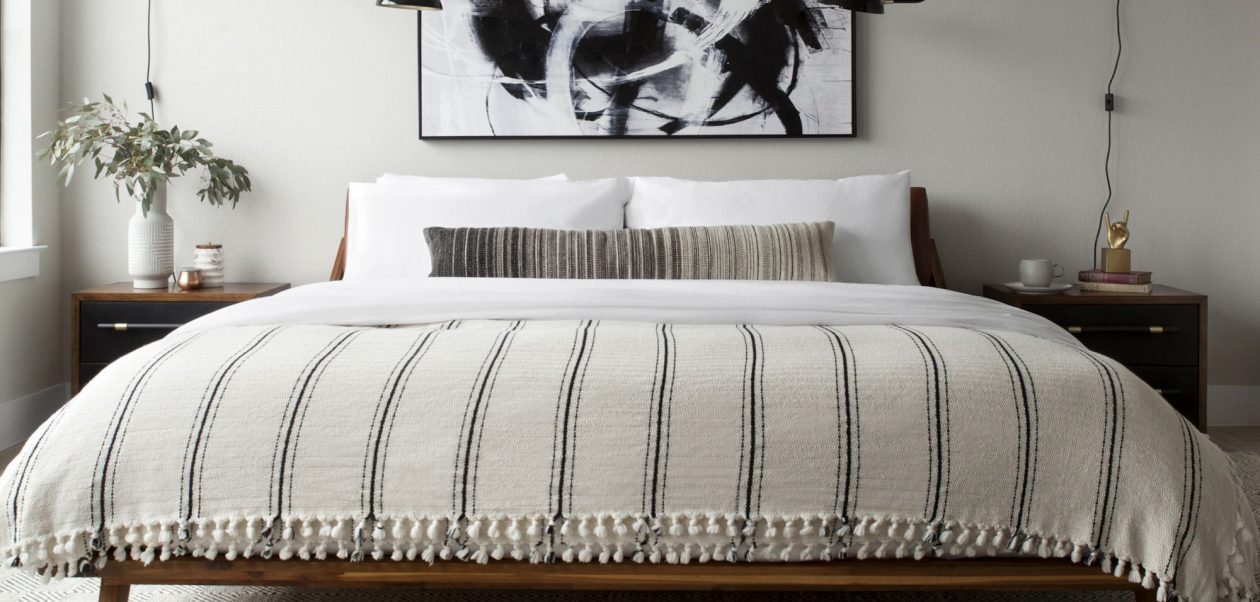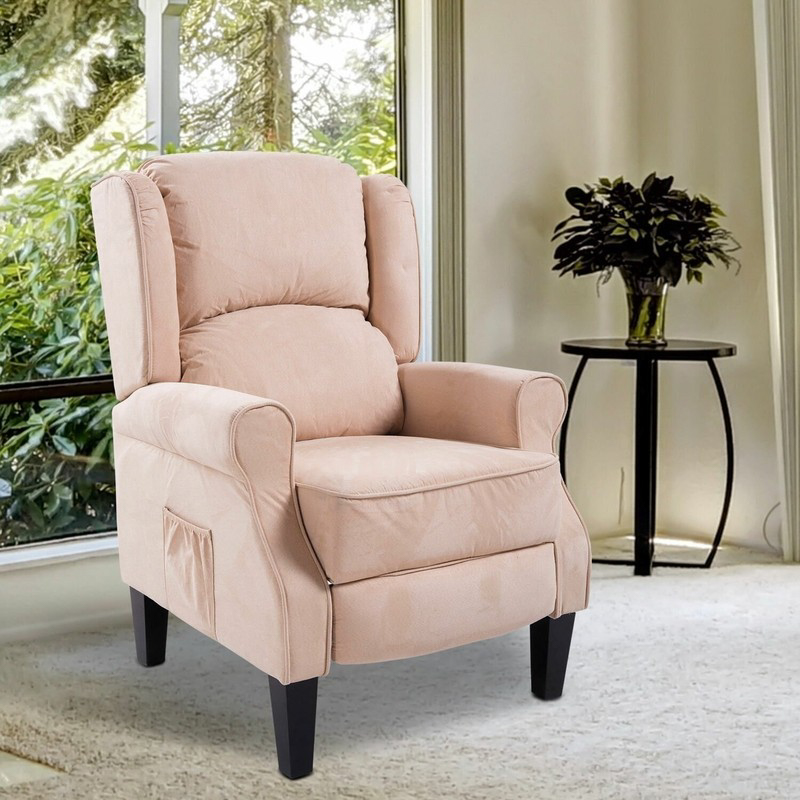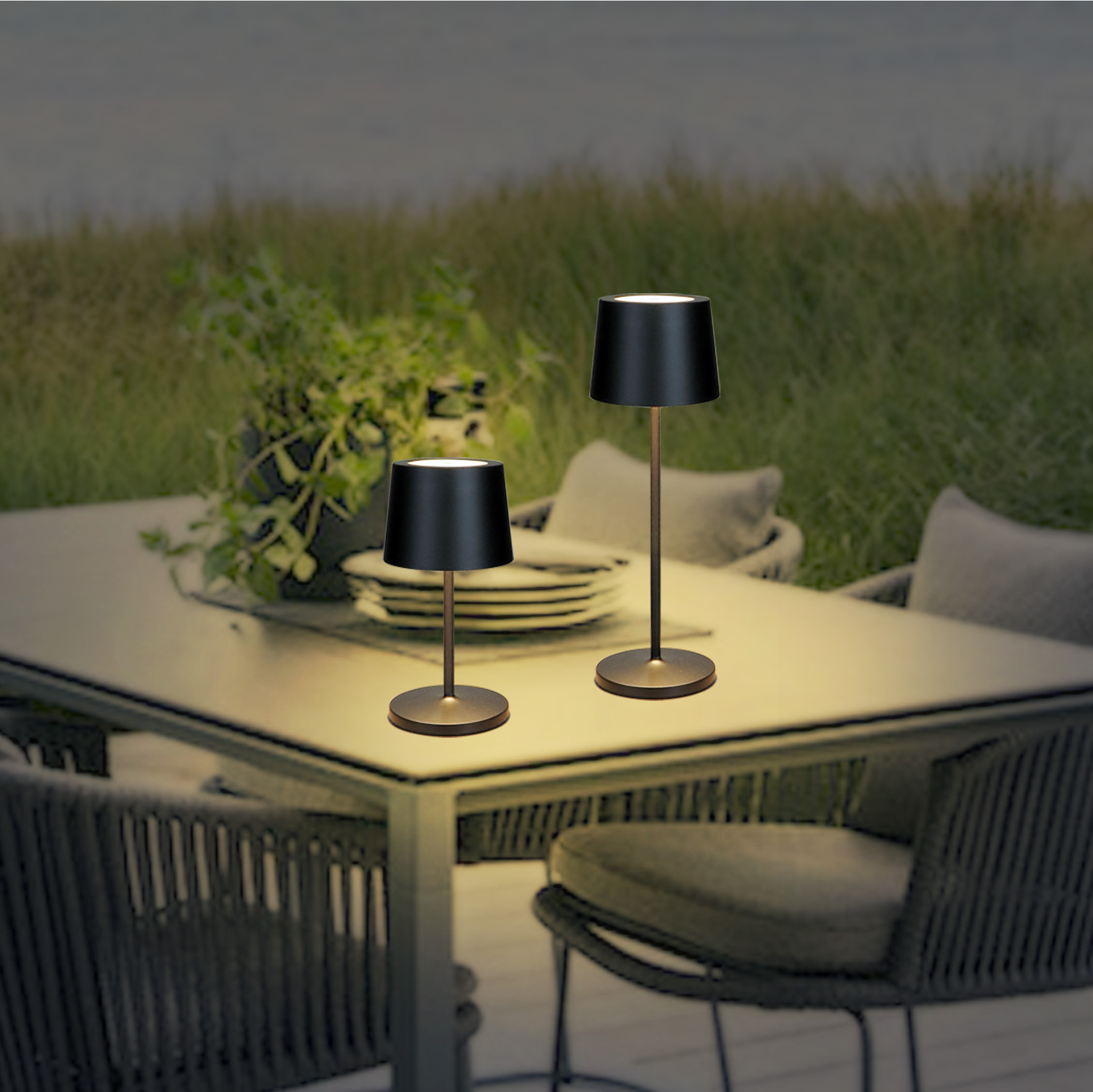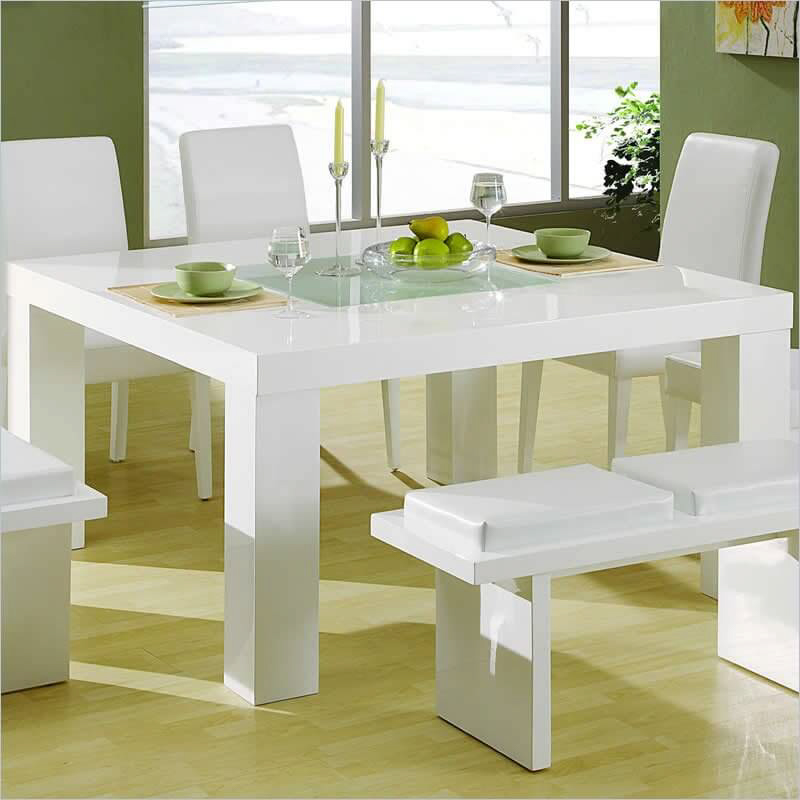Introduction
Scandinavian countries are known for their minimalist, functional, and elegant designs. Nordic art style is a reflection of the region’s cultural and historical background, stunning natural landscapes, and changing seasons. The art style emphasizes simplicity, natural materials, and geometric shapes combined with practical and beautiful designs that are meant to be lived in and enjoyed. In this article, we will explore the qualities, history, and features that make Nordic art style so unique and inspiring.
History of Nordic Art Style
Nordic art style emerged in the early 20th century as a reaction against the ornate and decorative styles popular in Europe at the time. The region’s harsh climate and long winters inspired artists and designers to embrace a more functional and minimalistic style. Nordic art is heavily influenced by the natural environment, with motifs and patterns inspired by the landscape, flora, and fauna of the region.
The most notable proponents of Nordic art style were the artists and designers of the Scandinavian Design movement, which emerged in the 1950s. The movement’s founding principles were simplicity, functionality, and affordability, with an emphasis on mass production and accessibility.
Qualities of Nordic Art Style
Nordic art style is characterized by several unique qualities.
Minimalism
Simplicity is at the heart of Nordic art style. Clean lines, simple shapes, and a limited color palette are used to create a sense of order and harmony. Minimalism is not just an aesthetic choice, but also a practical one, with designs that are easy to use and maintain.
Nature-Inspired Design
Nordic art style takes inspiration from the natural world, with motifs and patterns that reflect the region’s landscape, flora, and fauna. Popular motifs include waves, leaves, and animals such as reindeer and bears. Natural materials, such as wood, stone, and leather, are also commonly used in Nordic design.
Functionality
Functionality is a key component of Nordic art style. Designs are intended to be used and enjoyed, with a focus on practicality, durability, and affordability. Objects are designed to be multi-functional, with clean lines and simple shapes that are easy to integrate into any environment.
Features of Nordic Art Style
Nordic art style is known for several distinctive features.
Hygge
Hygge, which roughly translates as “coziness,” is a central aspect of Nordic art style. The concept is all about creating a warm, inviting atmosphere that promotes relaxation and comfort. Soft textiles, natural materials, and warm colors are all used to create a sense of warmth and coziness.
Light
With long winters and short days, light is important in Nordic art style. Designs often incorporate natural light sources, such as large windows, to maximize natural light. Artificial lighting is also used to create a warm, inviting atmosphere, with soft, diffused lighting used in place of harsh, bright lights.
Contrast
Contrast is a key feature of Nordic art style, with designers using contrasting colors, materials, and textures to create dynamic and interesting designs. The contrast between light and dark, smooth and rough, and glossy and matte surfaces creates a sense of depth and interest in designs.




